Advancements in Microbial Fuel Cell Technology
Introduction
Microbial fuel cell (MFC) technology represents a promising area of research within the field of bioenergy. MFCs are bio-electrochemical systems that harness the power of microorganisms to convert chemical energy, often from organic waste, into electrical energy. This article delves into the advancements in microbial fuel cell technology, exploring the principles, applications, and future prospects of this burgeoning field.
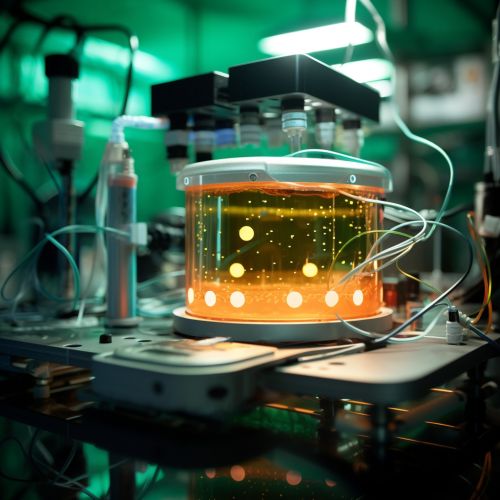
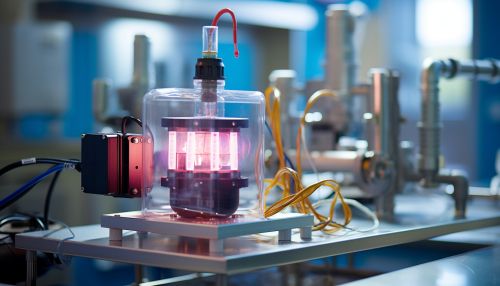
Principles of Microbial Fuel Cell Technology
The fundamental principle behind MFC technology is the ability of certain microorganisms, known as electrogenic bacteria, to donate electrons to an external electrode. These bacteria are capable of oxidizing organic matter and transferring the resulting electrons to an anode. The electrons then travel through an external circuit to a cathode, creating an electrical current. The process also involves the movement of protons through a proton exchange membrane from the anode to the cathode, where they combine with electrons and oxygen to form water.
Types of Microbial Fuel Cells
There are several types of MFCs, each with unique characteristics and applications. These include single-chamber MFCs, dual-chamber MFCs, sediment MFCs, and photosynthetic MFCs.
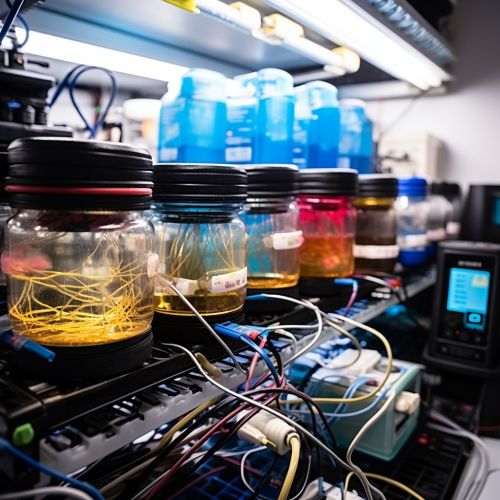
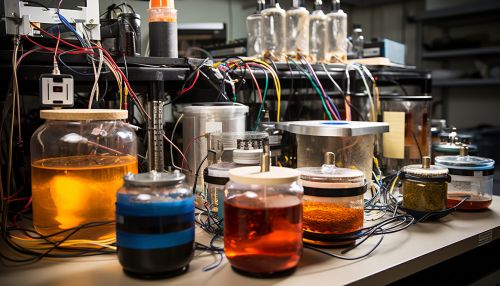
Single-Chamber MFCs
In single-chamber MFCs, the anode and cathode are housed within the same chamber. This design simplifies the construction of the MFC and eliminates the need for a proton exchange membrane, reducing costs. However, it also presents challenges in terms of separating the anodic and cathodic reactions.
Dual-Chamber MFCs
In contrast, dual-chamber MFCs feature separate compartments for the anode and cathode, divided by a proton exchange membrane. This design allows for better control over the individual reactions occurring at the anode and cathode, but it is more complex and costly to construct.
Sediment MFCs
Sediment MFCs are a unique type of MFC that utilize the naturally occurring bacteria in sediment as the anodic bacteria. The sediment acts as the anode, while the cathode is typically submerged in the overlying water. This design is particularly suited for applications in natural environments.
Photosynthetic MFCs
Photosynthetic MFCs incorporate photosynthetic organisms, such as algae or cyanobacteria, to generate electricity. These MFCs can produce electricity during daylight hours when photosynthesis is taking place.
Applications of Microbial Fuel Cell Technology
MFC technology has a wide range of potential applications, from wastewater treatment to energy production and biosensor development.
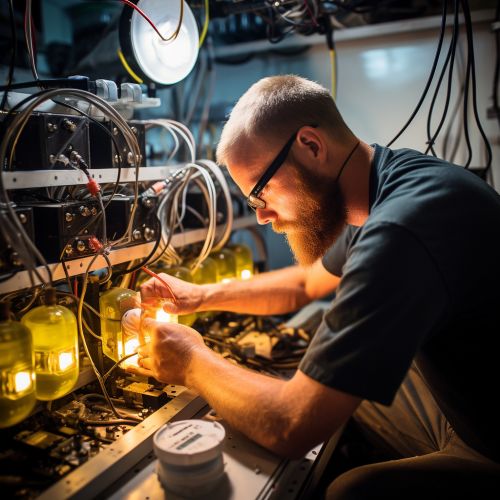
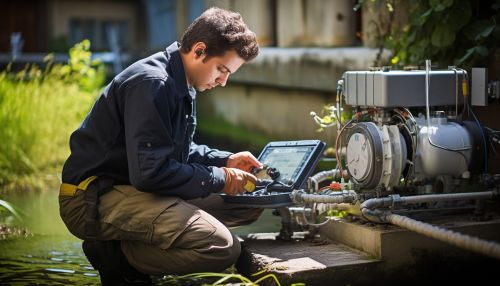
Wastewater Treatment
One of the most promising applications of MFC technology is in wastewater treatment. MFCs can utilize the organic matter in wastewater as a fuel source, effectively treating the wastewater while simultaneously generating electricity.
Energy Production
MFCs also hold potential for sustainable energy production. While the current energy output of MFCs is relatively low compared to other energy technologies, ongoing research and advancements in the field are continually improving the efficiency and scalability of MFC energy production.
Biosensors
MFCs can also be used as biosensors to detect changes in environmental conditions. The electrical output of an MFC is directly related to the metabolic activity of the electrogenic bacteria, so changes in this output can indicate changes in the environment.
Future Prospects
While MFC technology holds great promise, there are still several challenges that need to be addressed. These include improving the efficiency and power output of MFCs, scaling up the technology for industrial applications, and addressing the environmental impacts of MFC use.


Despite these challenges, the future of MFC technology looks promising. With ongoing research and development, MFCs have the potential to revolutionize the fields of energy production and wastewater treatment, among others.
